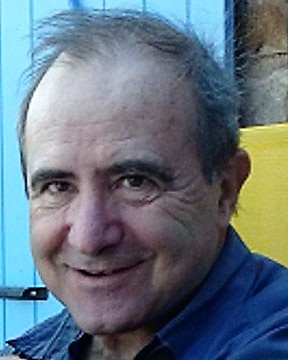



















 |
Giancarlo JugDiSAT, Dip. Scienza e Alta Tecnologia, Università dell\'Insubria, Como (Italy)The Making Of A Theory Of The Vitreous Solid State: From 1 Milli-k To 1 Kilo-k Angell International Symposium on Molten Salt, Ionic & Glass-forming Liquids: Processing and Sustainability (7th Intl. Symp. on Molten Salt, Ionic & Glass-forming Liquids: Processing and Sustainability). Back to Plenary Lectures » |
Abstract:The vitreous state (bulk glasses and amorphous films) remains a challenging problem in physics owing to the lack of a regular crystalline background. Thus, most scientists approach this state from the liquid side, at high temperatures, where theoretical physics is quite well established. In this talk, I will present the embryo of an approach that looks at the glass transformation region from the low-temperature, solid-state side. I shall attempt, at the same time, to provide a reasonable description of the structure and ensuing physical properties of the glassy-state itself. This is mainly for silicates, but also for other classes of amorphous materials, including semiconductor films. - G. Jug, M. Paliienko and S. Bonfanti, J. Non-Crystal. Solids 2014 |
|